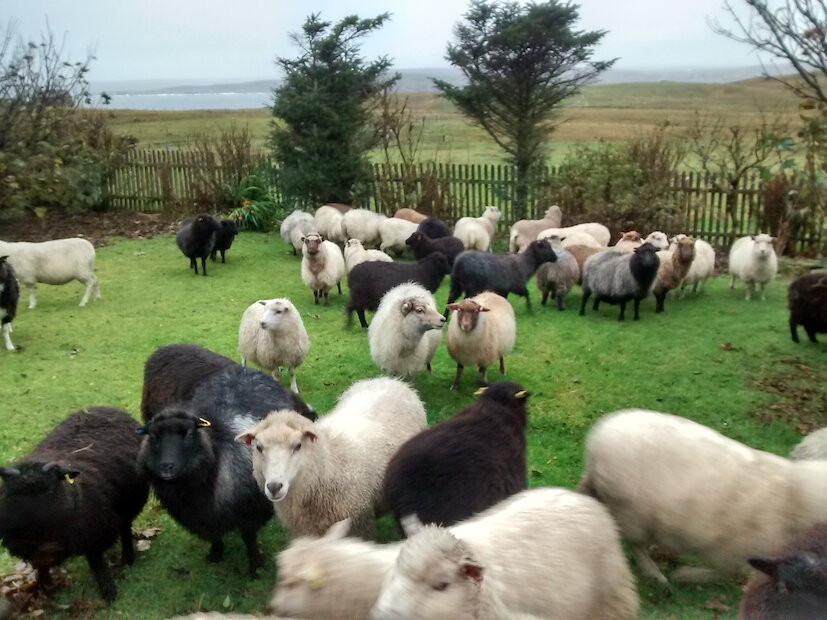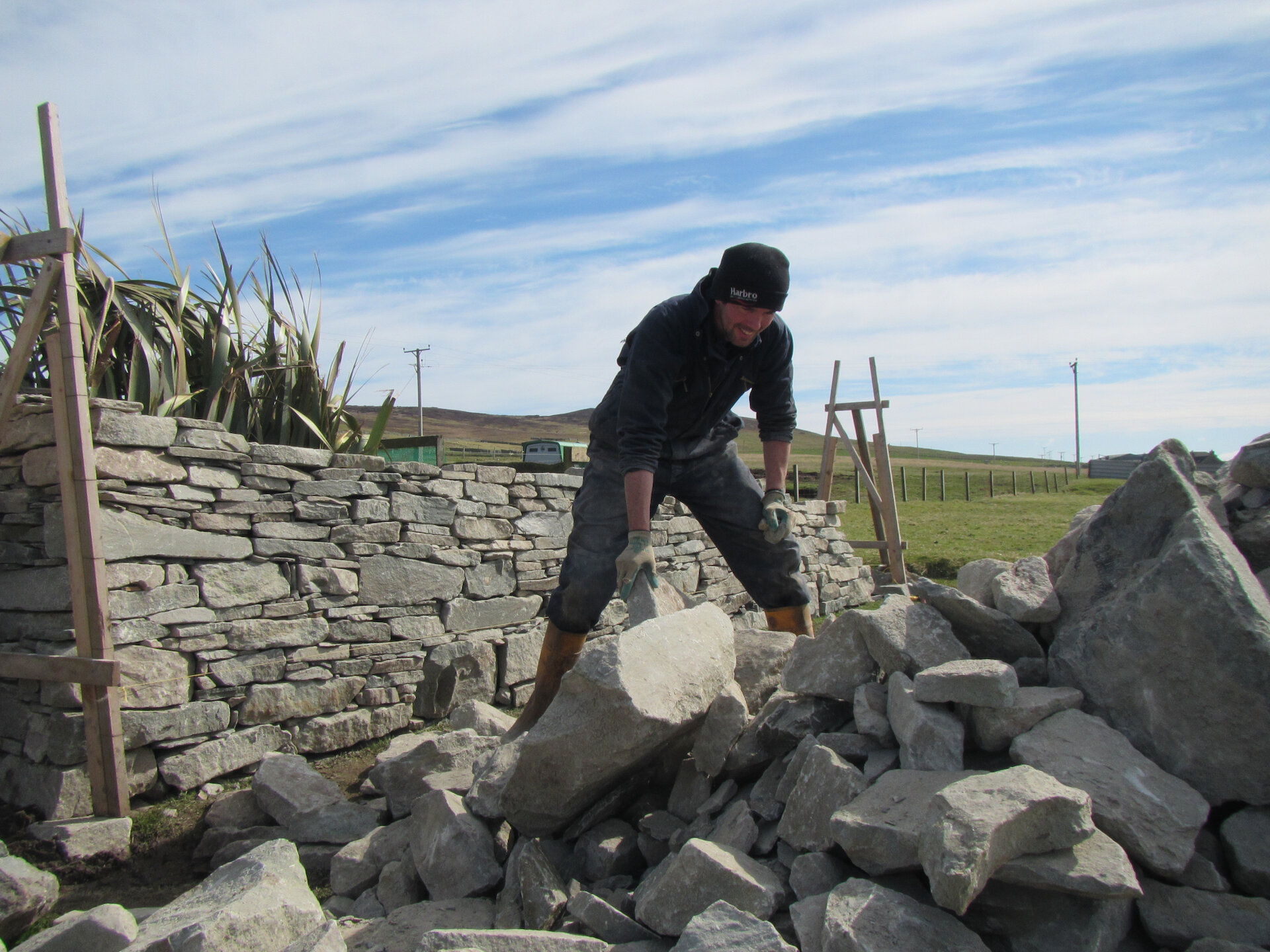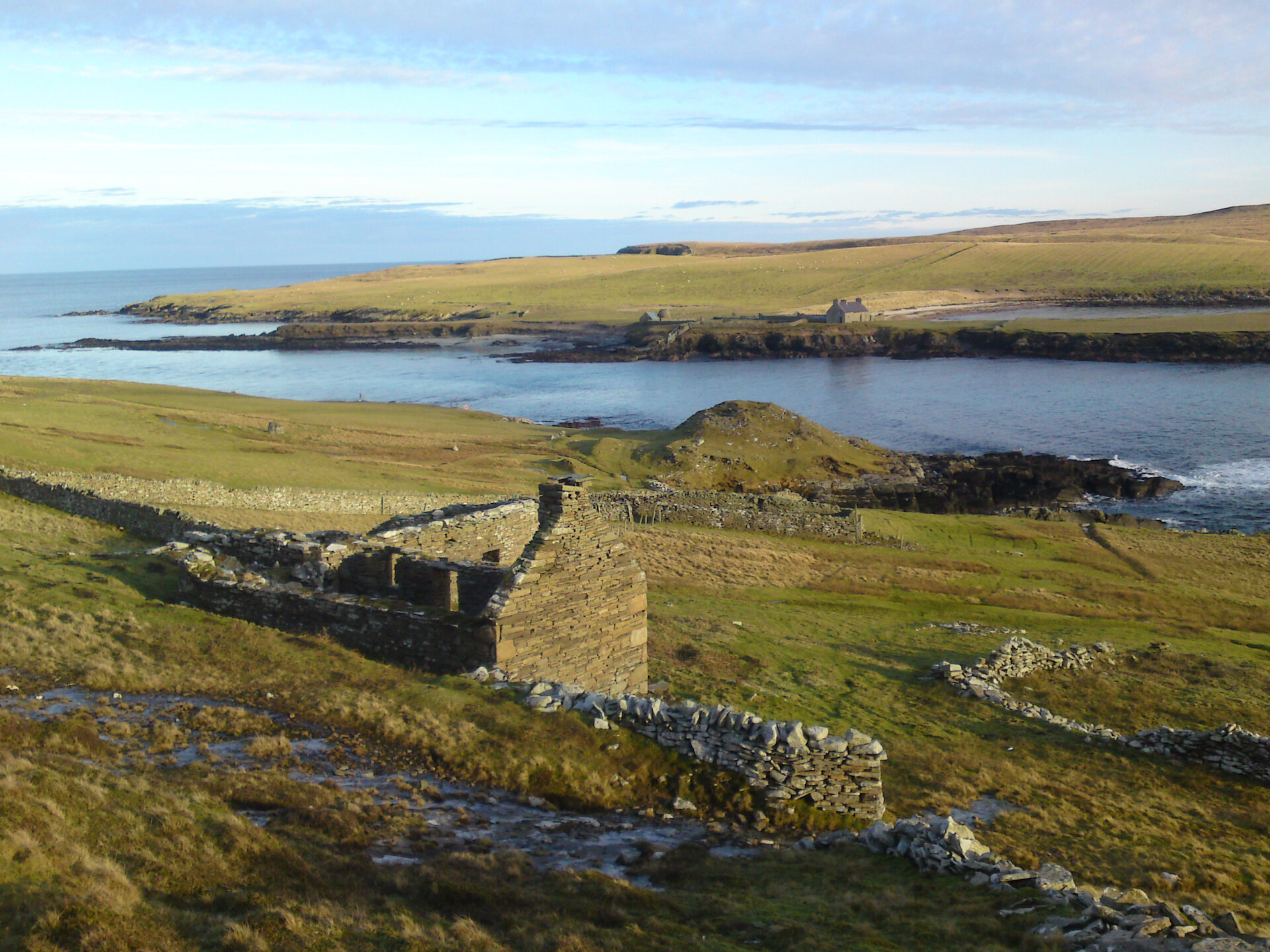“If a coo sneezes, the fence falls down”. One May, shortly after moving to Garths Croft, this adage became all too clear, although the culprits were ewes, not coos!
I was downstairs early one morning, reaching for the kettle and teapot when my eye was caught by sudden movement outside. By the time I looked up, there was nothing to see …
Toast was made and hot drinks poured and as I sat down, an almighty crash of tumbling ceramic plant pots was accompanied by the unmistakeable panicking crescendo of dozens of hooves. There had been a major ovine incursion into the front garden as ewes and lambs had moved as one to chomp, nibble and decimate early summer growth comprising flowers, lawn, and tree branches!
A gaping hole in the wooden picket fence was identified as the entry point even before I had got my boots on and yet this became an ever-widening chasm by virtue of a sizeable portion of the flock endeavouring to escape by squeezing through the same point, in a state of fleeing excitement, at the same time.




